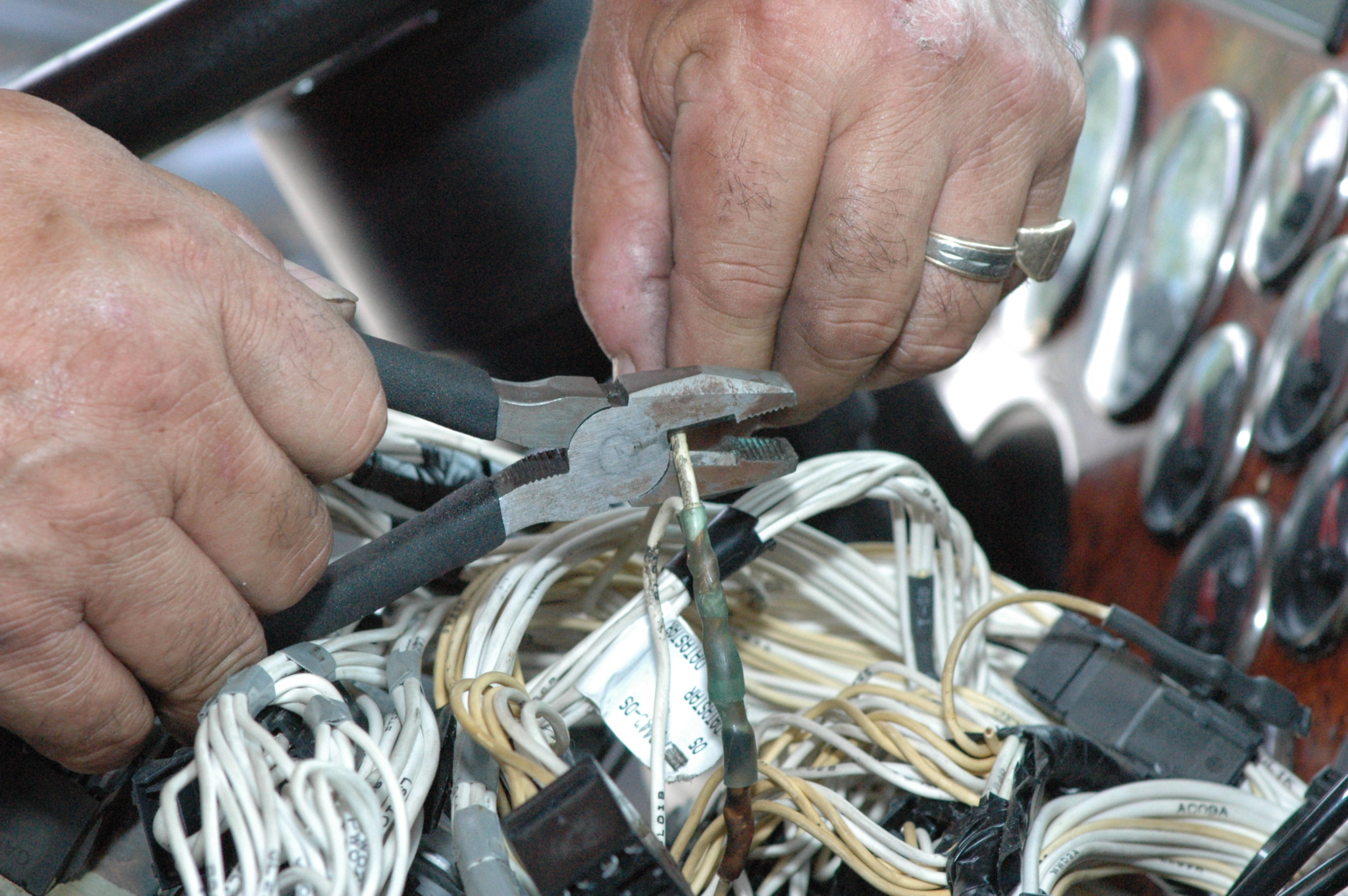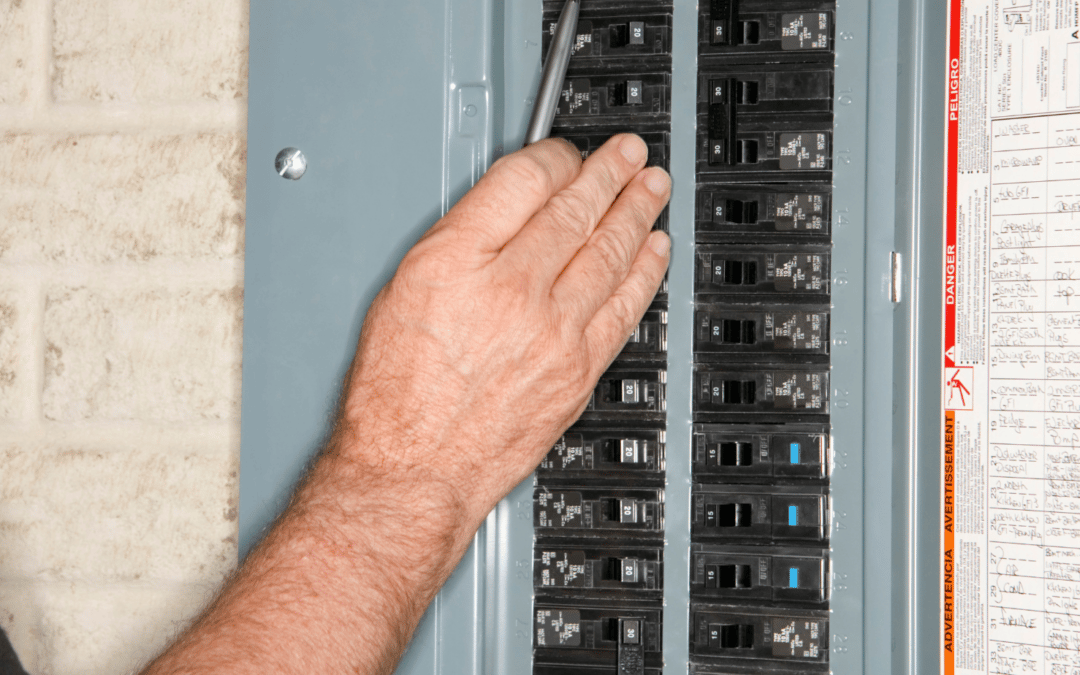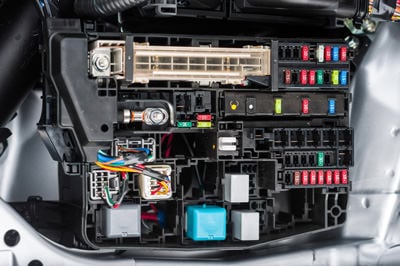Leading Tips for Effective Electric System Troubleshooting
Fixing electric systems calls for a methodical method, based in a comprehensive understanding of electrical concepts and safety and security protocols. The nuances of effective repairing extend beyond simple technical knowledge; comprehending how to record findings and focus on security can significantly influence end results.
Understand the Fundamentals
Understanding the basics of electrical systems is important for reliable troubleshooting, as a solid foundation enables service technicians to diagnose and solve concerns a lot more successfully. An extensive grasp of electrical principles, such as voltage, existing, resistance, and power, is vital in determining the origin creates of issues. Voltage is the electric prospective difference that drives present via a circuit, while resistance opposes the circulation of current, impacting the total capability of the system.
Familiarity with circuit parts, consisting of resistors, capacitors, diodes, and switches, is likewise vital. Each element plays a distinctive duty in circuit behavior and can influence efficiency when malfunctioning. Furthermore, comprehending series and identical circuit setups is essential, as these plans influence the circulation of voltage and current within the system.
Moreover, understanding of security protocols is vital. Service technicians should understand prospective hazards, such as shock and short circuits, to apply risk-free troubleshooting techniques. By mastering these foundational principles, service technicians boost their capability to perform reliable diagnostics and repair work, eventually causing boosted efficiency and dependability of electrical systems. This fundamental expertise is the foundation of effective troubleshooting endeavors.
Gather Necessary Tools
Efficient troubleshooting of electric systems calls for the ideal collection of tools to detect and fix problems precisely. A well-equipped professional can considerably enhance performance and effectiveness in identifying issues. Necessary tools include a multimeter, which measures voltage, existing, and resistance, enabling for accurate assessments of electrical elements. Clamp meters are also useful for determining current without disconnecting the circuit, making certain security and comfort.
Furthermore, insulated hand devices such as screwdrivers, pliers, and cord strippers are critical for safely controling electric links. It is additionally advisable to have a circuit tester available to validate the presence of voltage in electrical outlets and wires. For even more complex systems, a thermal imaging video camera can assist identify overheating parts, showing potential failures.

Follow a Systematic Technique
Having actually gathered the proper devices, the following action in repairing electrical systems is to follow a systematic approach. A systematic technique makes sure that specialists can identify mistakes efficiently and precisely, lessening downtime and protecting against unneeded repair services.
Begin by assessing the system's schematic layouts and specs. Comprehending the design and operational criteria will give context for identifying concerns. Next off, separate the issue location by utilizing a process of elimination. This includes checking each element check it out methodically, starting from the source of power and working in the direction of the load.
Utilize screening devices, such as multimeters and oscilloscopes, to gather objective data about voltage, existing, and resistance at numerous factors within the system. This empirical proof will certainly lead your troubleshooting efforts and assist to validate or get rid of prospective reasons for failure.
Furthermore, take into consideration ecological variables that may influence the system's performance, such as temperature changes or dampness ingress. A thorough assessment of wiring, links, and elements will make sure that all possibilities are accounted for.
Document Your Findings
Comprehensive documents is necessary in the repairing procedure of electric systems. This method not just aids in comprehending the root cause of the problem however also offers as a recommendation for future troubleshooting initiatives.

Additionally, maintaining a log of components replaced or fixings done is indispensable. This information sustains supply monitoring and can assist analyze the durability and reliability of particular elements.
Ultimately, the documents procedure must be complete yet concise, making it possible for very easy access and testimonial - electrical system troubleshooting. By focusing on detailed documentation, specialists can produce a beneficial data base that not just help in current troubleshooting yet also encourages future maintenance efforts, therefore enhancing general system dependability

Prioritize Precaution
Identifying the integral threats connected with electrical systems is important for making certain security during troubleshooting. Electrical shock, burns, and devices damages are simply a few of the possible threats that specialists face. Focusing on precaution is not just a legal responsibility but additionally an ethical crucial that safeguards both the specialist and the surrounding atmosphere.
Before starting any type of troubleshooting task, specialists should put on appropriate personal safety devices (PPE), including shielded gloves, safety and security glasses, and flame-resistant apparel. Ensuring that the workspace is dry and without mess can considerably reduce the danger of accidents. Moreover, it is crucial to de-energize circuits prior to starting any kind of job, verifying that they are not live via making use of a multimeter or voltage tester.
Developing clear interaction protocols with group participants is also vital; this makes certain that every person knows prospective threats and the condition of the electric system being serviced. Finally, having an emergency situation reaction strategy in area can confirm indispensable in the event of an occurrence. By prioritizing precaution, professionals can successfully alleviate risks and promote a more secure work environment.
Final Thought
Efficient electrical system troubleshooting counts on a detailed understanding of basic principles and a methodical method. Focusing on security procedures makes sure the well-being of people included and the integrity of the electric system.